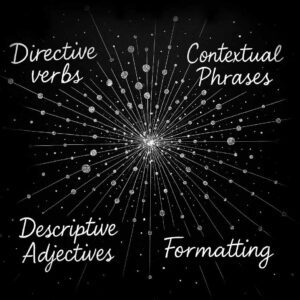In this insight-packed video from the Anthropic Team, four of their prompt engineering experts—Amanda Askell (Alignment Finetuning), Alex Albert (Developer Relations), David Hershey (Applied AI), and Zack Witten (Prompt Engineering)—discuss how prompt engineering has evolved, practical tips for optimizing AI interactions, and what the future may hold for this essential field. The video kicks off with an interesting discussion about why writing prompts can be considered an engineering task. Writing prompts has moved beyond basic trial-and-error approaches into a more structured practice, offering a set of tools and methodologies that can make working with AI more intuitive and effective.
Key Takeaways:
- Iterative Experimentation: Effective prompt engineering is rooted in a process of continuous iteration. By testing various approaches, prompt engineers can refine how they communicate with models, leading to clearer and more reliable outputs.
- Understanding AI Behavior: A deep understanding of how AI models interpret inputs—and their limitations—can drastically improve outcomes. Prompt engineers need to anticipate where models may fall short, especially when faced with complex or ambiguous tasks.
- Context is Key: Providing clear, detailed instructions and relevant context is crucial for effective prompting, especially in scenarios that require visual or creative outputs, such as describing characters or creating images.
The video explores real-world examples of how prompt engineering can help improve AI performance in various tasks—from simple text queries to more complex applications like gameplay or creative design.
If you’re curious about how AI’s capabilities are shaping the way we interact with models, this conversation offers a valuable peek behind the curtain. By the end of the video, you’ll gain a better understanding of how to structure your prompts to get the best results from AI systems and where the field of prompt engineering is heading as models become more advanced.









